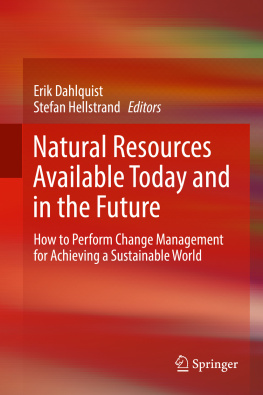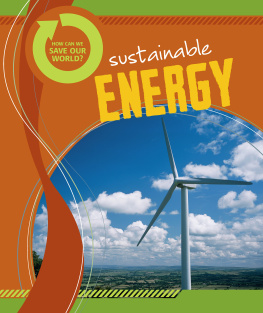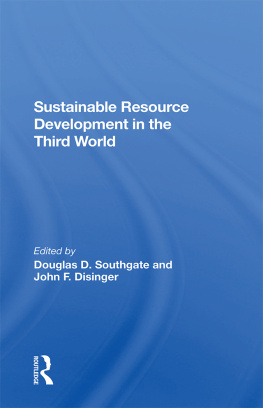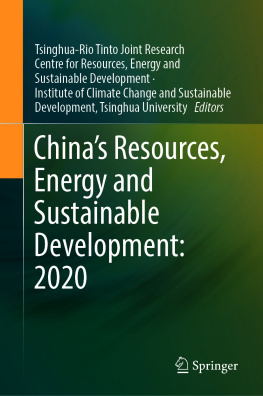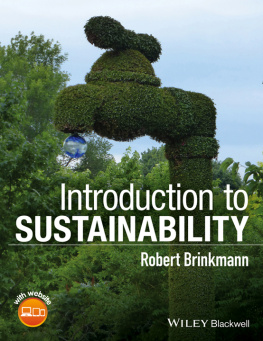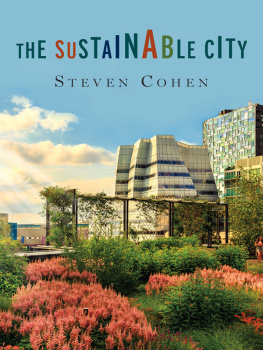1. System Perspective
1.1 Introduction
Today the total energy demand is ~140 000 TWh/y globally. Around 20 000 TWh/y of this is electricity. Approximately 80% of primary energy is from fossil fuel while ~20 000 TWh/y comes from renewable energy sources and approximately the same range from nuclear fuel (Wolrdbank ).
Some of the other resources we use are iron, copper, plastic, concrete, fertilizers, tensides etc. as well as wood and other cellulose based materials . There is a significant difference between populations concerning food with respect to cereals, meat etc. For example, in India most people are more or less vegetarians, while in Greenland meat dominates. The number of calories is still similar for most people independent of culture, but does depend on how much physical exercise is performed. Most males consume ~2700 kcal/day, while females average ~2400 kcal/d. How and where can the food be produced? How much primary energy is needed if we increase meat consumption, which is the trend in urban areas today; or a transfer to more vegetarian food, which is attractive for many youngsters today? Approximately 2025% of the total energy used today is consumed for transportation, where most primary energy comes from fossil fuel. What would the system look like with only renewables and modern full electric or hybrid technologies?
The annual growth of biomass globally is almost double all primary energy used by the human population (Dahlquist ).
Comparison of the resource demand needed based on the average high, middle or low income inhabitant is interesting. It would also be interesting to see what production level can be achieved from agricultural areas if new technologies and species are considered, and recycling of waste performed to almost 100%.
Another aspect of sustainability is that all people should have enough to eat and other necessary resources like heat during winter, water and a sheltered room to live in. In wealthy countries in north Western Europe and North America this is considered as having expectations that are too low. In Sweden everyone should be guaranteed at least ~700 /month, and if your salary is lower you usually get subsidies from the government. In many other countries the government does not give any support, and you have to rely on what you can earn yourself or together with your family. In many families this means that one or more persons have to go to cities or other countries to earn money, and then often send back money for the rest of the family to live on. Of course this creates the problem that the distribution of wealth is very unequal, as well as that we have different attitudes towards the role of government. In countries like China some functions are very efficient like hospitals, where the cost to get service is very low, while subsidies to the unemployed principally do not exist. In the US there are good conditions for those with a job, but quite poor support if the job is lost, as often pension and health care insurance is connected to the job.
It should also be noticed that the labor profile for jobs is continuously changing. In Sweden a recent study (Stefan Flster ) estimated 450 000 jobs were replaced by automation and robots between 2006 and 2011. This is almost 10% of the total workforce of ~5 500 000 people. Still at the same time, the number of employed people rose by 100 000 through new jobs, as well as replacements for those removed. The trend is to have more jobs in IT and automation (+ 50 000 people) as well as in sales of advanced products like electronics and other consumer goods. Although the development of computer games has been very successful in Sweden, there are only ~10 000 people employed in this branch. It is similar for big companies in the US like Google, Apple and Microsoft. These companies create great value in products, but do not employ many people.
This presents a problem since by tradition we have assumed that industry should drive the development. Now, we see a down trend of less qualified jobs in industry. The increase of qualified engineering jobs is by far not replacing the number of less qualified jobs from a numbers perspective. If 100 less qualified jobs are gone, only 20 new engineering jobs are created. In developed countries we have already seen this trend in agriculture, where some 23% of the population produces the food we need. What sectors shall all the new jobs be in? How can the government get enough tax to handle all functions needed by the population?
If we look at the global situation over the last 50 years we can see many positive signs (UNFPA ). Extreme poverty , defined as an income below 1.9 USD per day per capita, has been halved from 1990 to 2015. Today 700 million people (= 10%) have this income while it was 40% in 1990! The situation has much improved in China and India, while many in Africa South of the Sahara are still very poor. Life expectancy has also improved from 52 years in 1960 to more than 70 years today! We have also become generally healthier due to better food quality and quantity, new medicines, better water quality and hygiene. There is still potential for significant improvements, such as good toilets, while antibiotic resistant microorganisms are a new threat. Today, bacteria resistant to all known antibiotics exist in all parts of the world, although more so in countries using antibiotics too frequently. A more restrictive use is promoted and hopefully can reduce the risks. One significant problem is that pharmaceutical companies see development of this type of product as less profitable since society wants to push introducing new medicines at a cheap price, which makes it difficult to earn money. Government funded development by universities and institutes may be a way around this.
As a consequence of improved economy we also see that birth rate goes down. In almost all countries in the world except for Africa South of the Sahara we are down to levels below 1%/year. With improved economy, we probably will also see a decrease here, although those making predictions for the future still believe the population will substantially increase. A UN organization actually predicts an increase from around 1 to 4 billion by 2100. However, this assumes that the birth rate will stay at todays levels around 2.5%/year, and hopefully we will not see this since the economy has improved a lot over the last 10 years.
The number of children starting school has increased from 82% in 2005 to 90% in 2015, where the percentage in Africa South of the Sahara increased from 60 to 80% during this period. This is very promising and usually is followed by decreased birth rates and increased economy. New businesses in many countries in eastern, central and western Africa have great promise that hopefully is not counteracted by new wars. In many countries every person has a mobile phone, and new apps have replaced the need for banks. An agreement between supplier and buyer through these apps is made to pay and get paid. This reduces the demand for banks and probably will spread from Africa to the rest of the world! New mobile phone PV cell loading stations have spread and given new opportunities to many people!

